Effects of different cooling methods on microclimate and plant

This research focused on the development of a greenhouse for the sustainable vegetable production in the tropics. The experiments were conducted in four greenhouses, each measuring 20 m long by 10 m wide, at the Asian Institute of Technology (Thailand). All greenhouses were covered with a UV‐blocking polyethylene (PE) film on the roof. One greenhouse was completely covered with the same PE‐film and equipped with an evaporative cooling system (FAP). A second greenhouse was covered with a 50‐mesh insect‐proof net on the sidewalls and roof ventilation openings (N50). The remaining two greenhouses were covered with a 78‐mesh insect‐proof net on the sidewalls and ventilation openings. A shading paint with NIR‐reflecting pigment was applied on the roof of one of the greenhouses with 78‐mesh insect‐proof nets (N78S) while the other was left as control (N78). Tomato Solanum lycopersicum cv FMTT260 plants were grown inside the greenhouses at a density of 1.5 plants m and maintained following commercial practices. Plant response to different treatments was done by pair‐wise measurements using a gas exchange system. The results indicate that mesh size significantly influences the resistance to air flow across insect‐proof nets. The spectral characteristics of the covering materials influenced the quality and quantity of light inside the greenhouses. The shading paint with NIR‐reflecting pigment doubled the transmission of UV‐radiation (300 ‐ 400 nm) and decreased that of photosynthetic active radiation (400 – 700 nm, PAR) and near infra‐red (700 ‐ 1100 nm, NIR‐A) by 17.7 and 26.5 %. The application of shading paint with NIR‐reflecting pigment on the greenhouse roof reduced air (Ta) and substrate (Ts) temperatures by a maximum of 2.8 °C and 3.5 °C, respectively during the dry season. The magnitude of the temperature reduction was influenced by the time of application in relation to stage of plant growth. Air water content (x) was reduced by 1.6 g kg and 0.4 g kg during the dry and rainy seasons, respectively. Leaf transpiration (E) was lower Summary ii in the shaded greenhouse than in the control. Consequently, cumulative water consumption between 4 and 17 WAT was reduced by 8.8 % and 6.2 % during the dry and rainy season, respectively. However, this did not significantly influence water use efficiency. Compared to control, shading reduced the number of blossom‐end rot (BER) affected fruits by 43 % and 30 %, during the dry and rainy seasons, respectively. Consequently the proportion of non‐marketable yield in N78S was reduced by 59 % and 16 %, during the respective time periods. On the other hand, shading increased the number of cracked fruits by 16.1 % and 43.1 % during dry and rainy season, respectively. Reduction in PAR transmission led to lower yield although this was not statistically significant. Shading had a slight influence on plant height, number of trusses, leaf area index (LAI) and dry matter (DM) partitioning. Fan and pad cooling system reduced Ta by 3.0 °C and 2.7 °C, during the dry and rainy seasons, respectively, compared to a naturally ventilated greenhouse (N50). However, this was accompanied by an increase in x by 1.6 g kg and 0.8 g kg during dry and rainy seasons, respectively. Average air vapour pressure deficit (VPD) was lowered by 0.8 kPa during both seasons. Non‐uniform conditions were observed in the microclimate inside FAP with differences as high as 20 % and 5 °C, for relative humidity (rH) and Ta respectively, recorded between the pad and exhaust fans. The efficiency of the fan and pad cooling system was dependent on the ambient weather conditions. Crop water requirement and water use efficiency was higher and lower, respectively, in the naturally ventilated greenhouse. Although decoupling of other environmental factors was not possible, the results suggest that mesh size significantly influences both PN and E. Moreover, results from FAP and N50, show that there is a time delay between when changes occur in the greenhouse microclimate and when the plants respond. The combination of NIR‐filtration and large area of ventilation openings may provide the best cooling method for greenhouses in the humid tropics. However this may result in an unwanted temperature and light reduction during periods of low intensities of global radiation. Further research to improve the performance of the online measuring gas exchange system, the application and efficiency of the shading paint and its effect of the shading paint on plant growth is recommended.

Decoupling forest characteristics and background conditions to
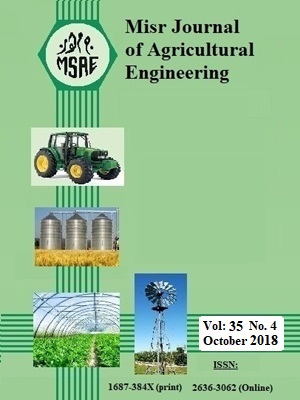
Painted greenhouse; Cucumber; Drip irrigation, and Water use
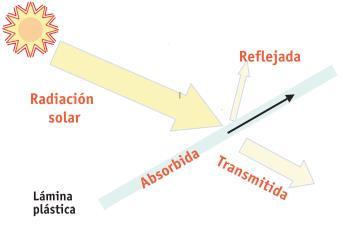
ESCUELA POLITÉCNICA NACIONAL - PDF Descargar libre

Microclimate Definition, Examples & Formation - Lesson
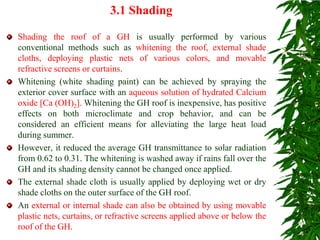
COOLING AND HEATING OF GREENHOUSE

Simulation model of energy fluxes in passive solar greenhouses

PDF) The efficiency of fan-pad cooling system in greenhouse and

ESCUELA POLITÉCNICA NACIONAL - PDF Descargar libre

SOLUTION: Abe 152 plant and livestock systems and environmental

Accelerating Urban Cooling through the Efficiency of Grass and Low
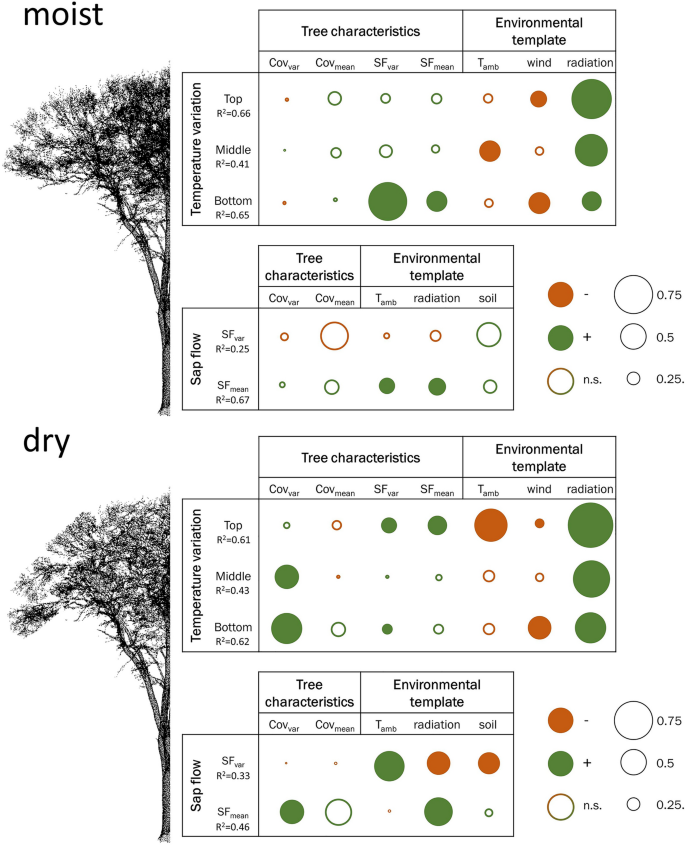
Tree species matter for forest microclimate regulation during the
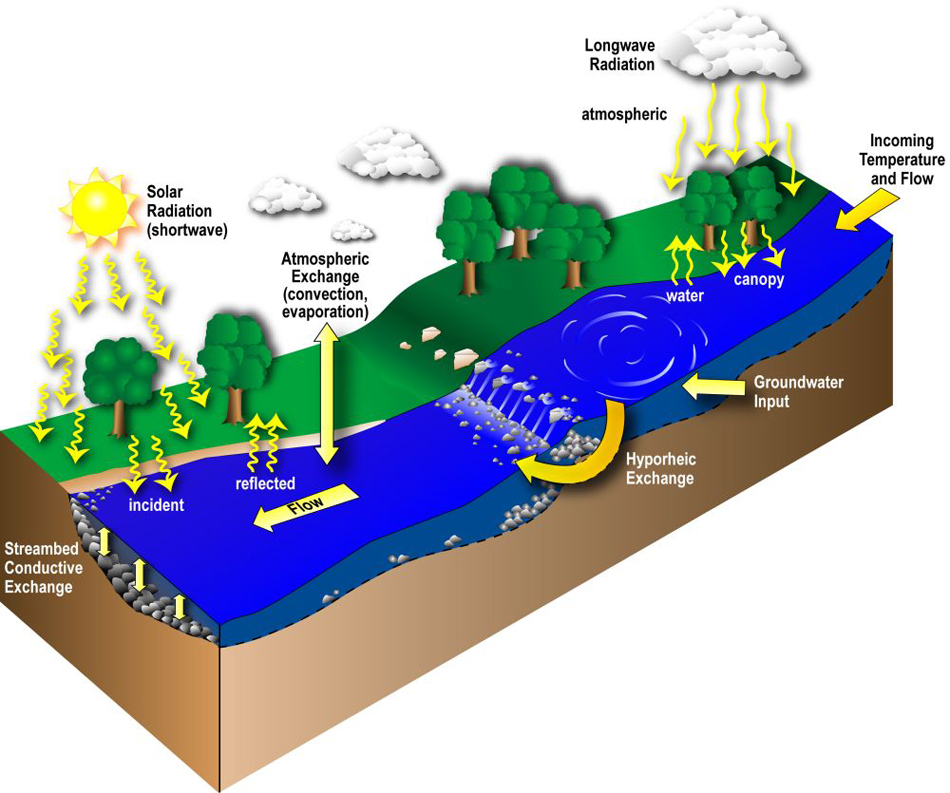
Temperature

PDF) Digital growth response maps for assessment of cooling
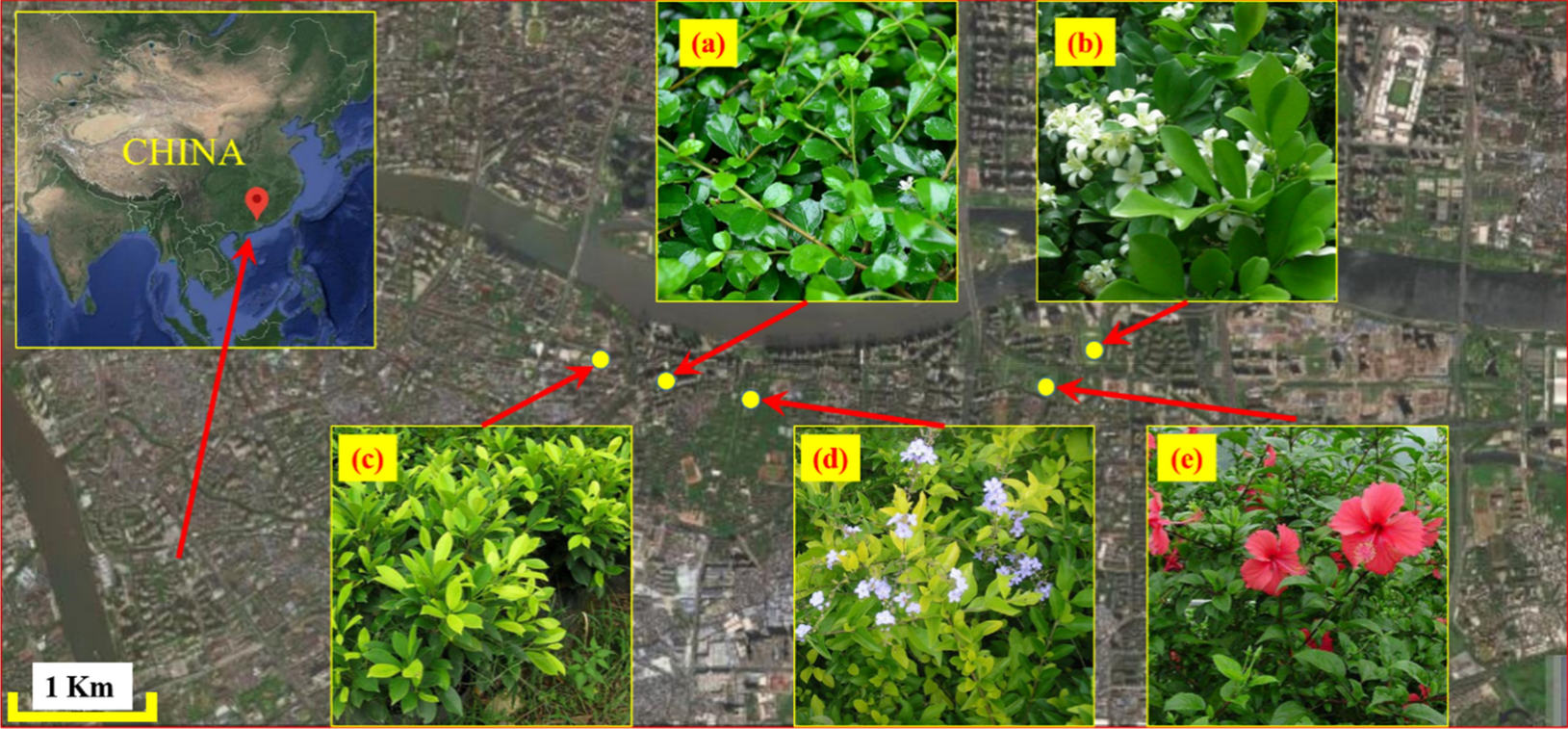
Cooling effect and control factors of common shrubs on the urban







